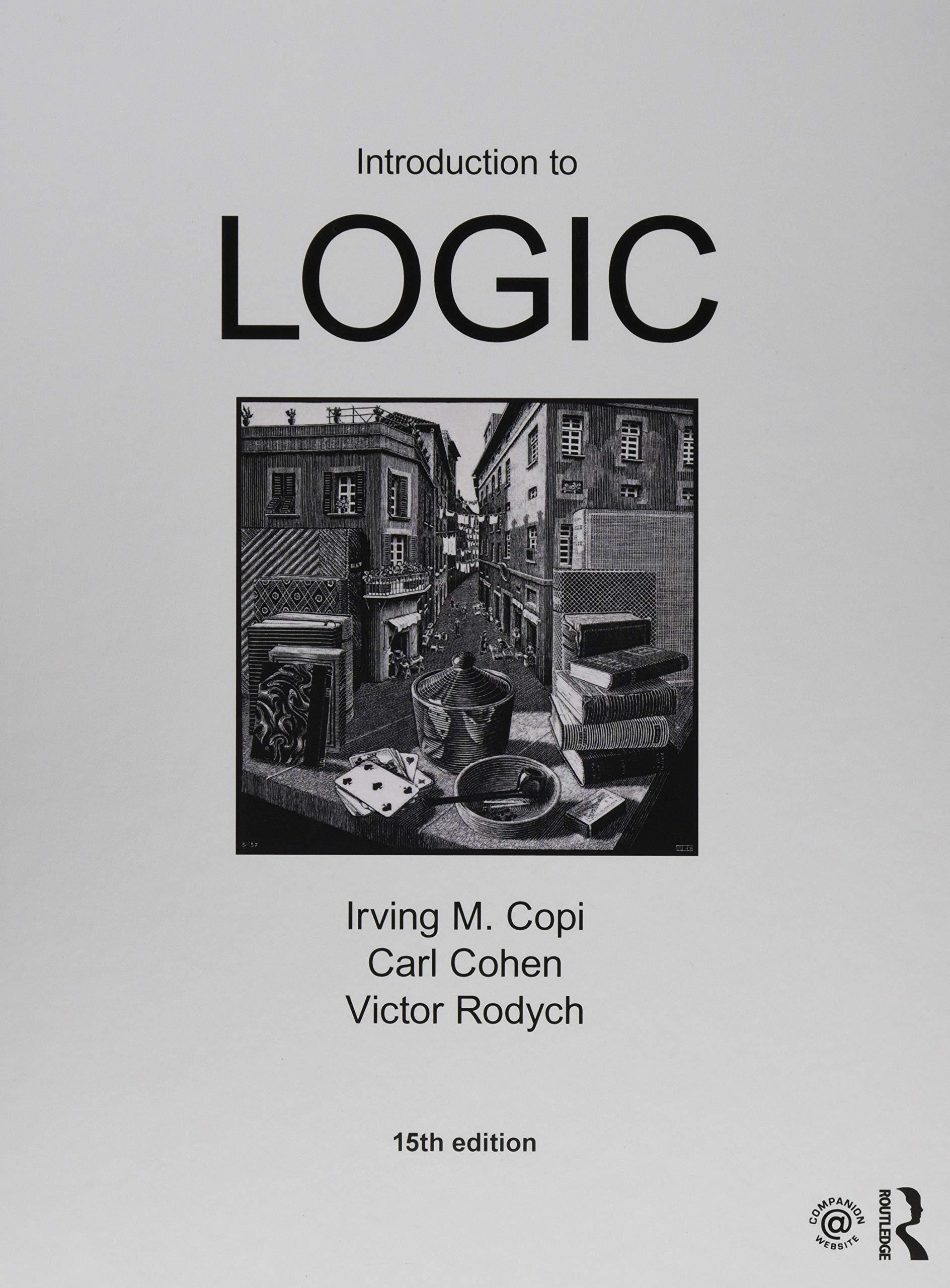In each of the following passages, a. What data are to be explained? b. What hypotheses are
Question:
In each of the following passages,
a. What data are to be explained?
b. What hypotheses are proposed to explain them?
c. Evaluate the hypotheses in terms of the criteria presented in Section 13.3, pp. 564–566.
Boy babies tend to be about 100 grams heavier on average than girl babies, but it has never been explained, until recently, why that is so. Investigators were unsure whether the increased weight was to be explained by the fact that mothers of boys took in more energy, or because (when the fetus was male) those mothers used the energy taken in more efficiently. Dr. Rulla M. Tamimi, of the Harvard School of Public Health, sought to resolve this uncertainty by measuring the intake of calories. During the second trimester of their pregnancy, 244 women in Boston were asked to record their dietary intake in full detail. The data collected were later correlated with the resultant births. Women carrying boys, Dr. Tamimi found, took in (as carbohydrates, fats, or proteins) about 10 percent more calories than women carrying girls. It is intake, and not efficiency of use, that makes the difference. But what accounts for that difference of intake? Dr. Tamimi speculated that it may be triggered by some signal from the testosterone given off by the male fetuses.
—Reported in the British Medical Journal , June 2003
Step by Step Answer:

Introduction To Logic
ISBN: 9781138500860
15th Edition
Authors: Irving M. Copi, Carl Cohen, Victor Rodych





